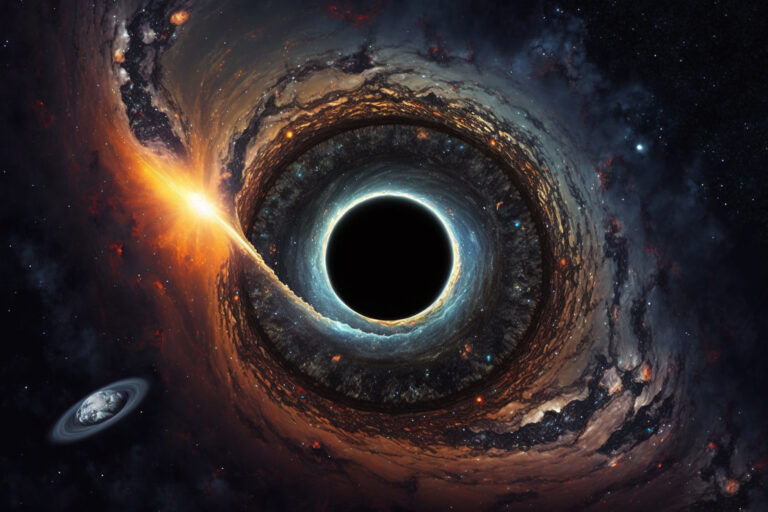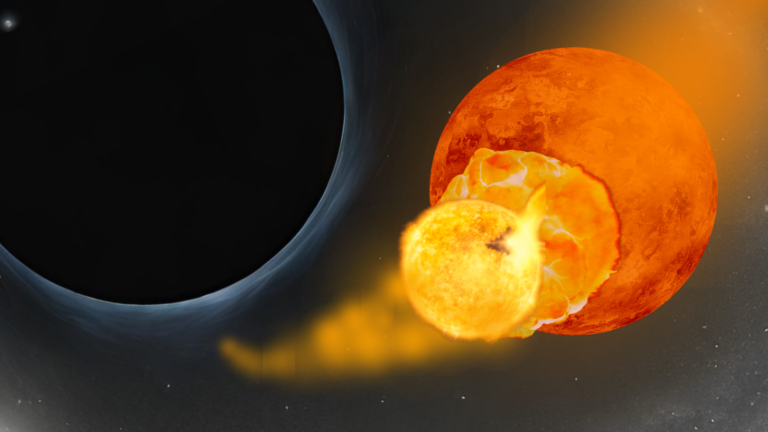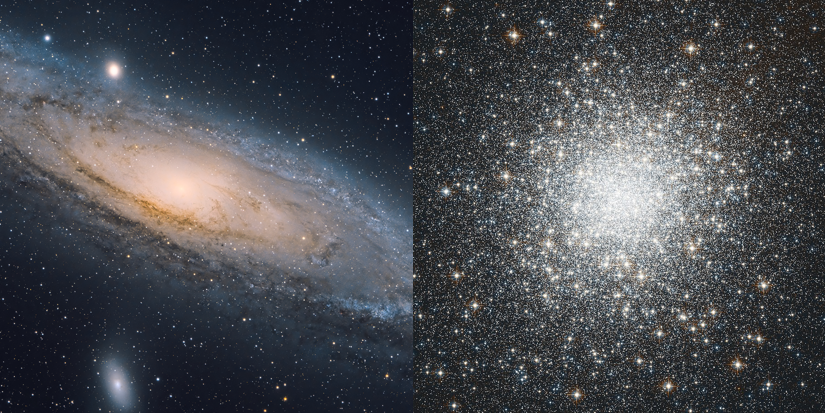
The Andromeda Galaxy (left) and Messier 2 cluster (right)
When you gaze up at the night sky, it’s easy to get lost in the vastness of it all. Stars, planets, nebulae—they all light up the cosmos in spectacular fashion. But among the most fascinating cosmic structures are galaxies and globular clusters. While they both consist of stars grouped together in space, they’re very different in size, structure, and role in the universe. What’s the Difference Between a Galaxy and a Globular Cluster? Let’s break it down.
What Is a Galaxy?
You Might Also Like
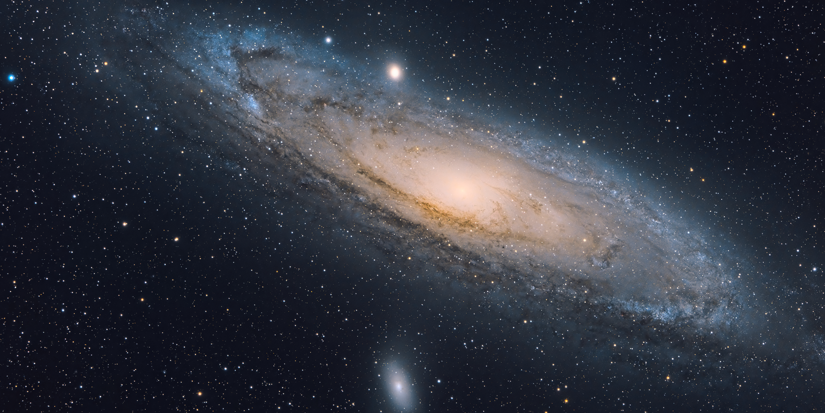
A galaxy is an enormous collection of stars, gas, dust, dark matter, and more—bound together by gravity. Galaxies come in various shapes and sizes, from elegant spirals like our Milky Way to massive ellipticals and irregular shapes.
- Size: Galaxies can contain millions to trillions of stars and stretch across tens to hundreds of thousands of light-years.
- Structure: Many have well-defined shapes, including spiral arms, central bulges, and dark matter halos.
- Components: They host star-forming regions, nebulae, black holes, and even planetary systems.
- Star Ages: Galaxies contain a mix of young and old stars, thanks to ongoing star formation.
What Is a Globular Cluster?
A globular cluster is a much smaller, denser grouping of stars. These spherical clusters orbit galaxies and are most commonly found in the halo of a galaxy.
Never Miss A Story
- Size: Contains tens of thousands to a few million stars, packed into a sphere only tens to hundreds of light-years across.
- Structure: These clusters are tightly packed, with stars more densely concentrated toward the center.
- Components: Made almost entirely of old stars. There’s very little gas or dust, so no new stars are forming.
- Star Ages: Most stars in globular clusters are over 10 billion years old—some of the oldest in the universe.
Galaxy vs. Globular Cluster: A Quick Comparison
| Feature | Galaxy | Globular Cluster |
|---|---|---|
| Size | Massive (100,000+ light-years) | Small (10–300 light-years) |
| Stars | Millions to trillions | Tens of thousands to a few million |
| Structure | Complex (spirals, disks, etc.) | Spherical and dense |
| Star Ages | Young and old stars | Very old stars only |
| Gas & Dust | Lots—new stars still forming | Little to none—no new stars |
| Location | Independent cosmic system | Orbiting within a galaxy |
A Simple Analogy
So, what’s the Difference Between a Galaxy and a Globular Cluster? Think of a galaxy like a bustling city filled with different neighborhoods, parks, and infrastructure. Now imagine a globular cluster as a super-condensed, ancient neighborhood orbiting on the outskirts of that city—quiet, tightly packed, and filled with old stories (or in this case, stars).
Understanding the difference between galaxies and globular clusters helps us appreciate the incredible variety of structures in the universe—and just how vast and dynamic our cosmos really is.
What’s New?
- First Images From The Vera C. Rubin Observatory
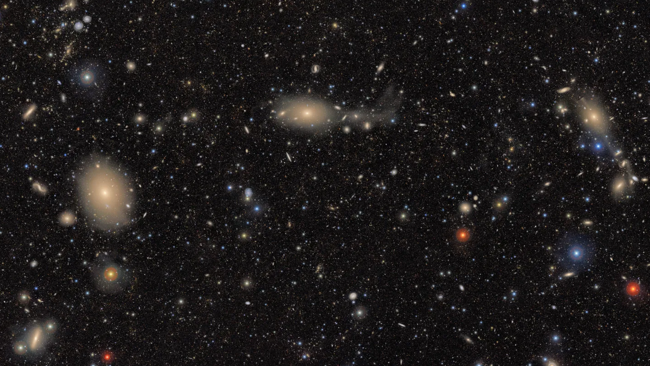
- What Effects Do Solar Flares Have On Our Power Grids?
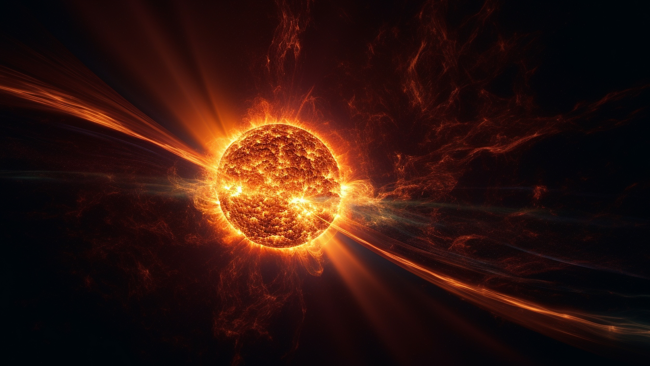
- What’s the Difference Between a Galaxy and a Globular Cluster?

- Are Black Holes Eternal? The Strange Fate of the Universe’s Darkest Objects

- Cannibal stars at the heart of the Milky Way stay young in a gruesome way
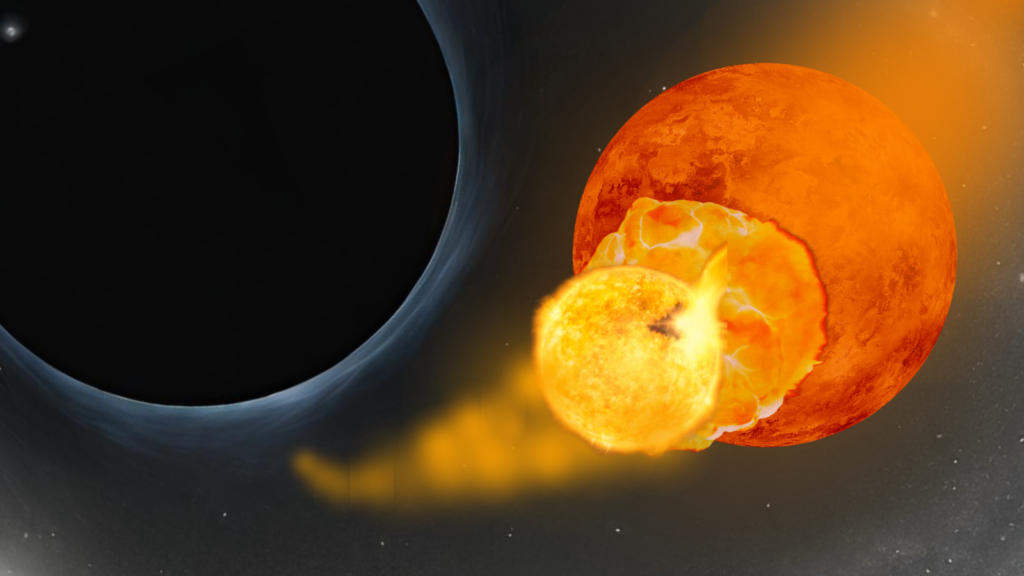
- Multi-Particle Entanglement Is A Complex World

